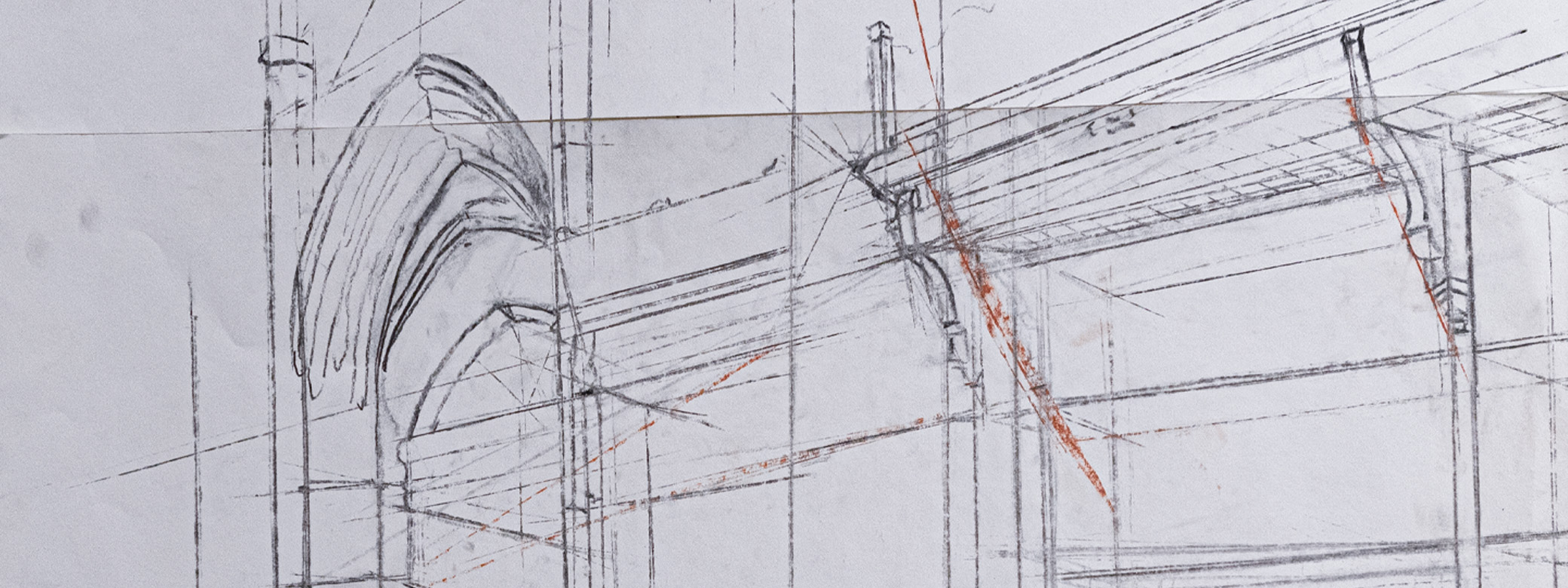Four Master of Design students are working towards graduation in June 2021. In mid-December, they shared their current thesis work in an online session, and they are now ready to share that further.
Taylor Miles Hopkins
- Title: Tomorrow’s Book: Artifacts in the Anthropocene
- Thesis chair: Annabelle Gould
The Anthropocene is our current epoch in which the Earth’s environment and residents are heavily impacted by human influence. While many people recognize the possible future effects of Anthropogenic change, such as rising water levels, loss of biodiversity, and severe temperatures, it can be difficult to imagine how the world might actually alter. Narratives allow us to weave diverse ideas together to relate to the experiences of others and grasp abstract information. Design can also act as a storyteller — speculative designers bring attention to present societal issues while designing artifacts for the future. What artifact could be better to tell stories than the book? They have been a notable part of human histories, from stone tablets to the printed page. The book’s form often reflects the current point of our world, so what forms will it take in the future? Through a series of book iterations addressing the challenges of the Anthropocene, this thesis will use design as a storytelling tool to communicate to readers how their future, as well as the book’s, will need to adapt to our changing world.
Read more in Miles Hopkins' Medium post.
Fei Shao
- Title: Enabling Spatial Behavior in Virtual Workplace
- Thesis Chair: James Pierce
Since the beginning of 2020, working from home has become a trend for white collar workgroups. While telecommunication tools are efficient and they break the boundaries of time and space, I suggest that certain important spatial interaction is no longer viable in this way of communication. For example, proximity between people, body orientation and presence are no longer perceivable. Such signals people perceive from their environment are all crucial to workplace communication. As a result of losing such signals, there are no more casual chit chats that just spontaneously happen by approaching someone, presentations are a lot more stressful and awkward talking to a grid of boxes, some new hires are feeling disconnected from the team because it is hard to make connections… In response to the loss of spatial interaction in remote working, this thesis project is focused on researching telecommunication among workgroups, and designing to enable spatial behavior in virtual workplaces.
Read more in Shao's Medium post.
Vassilissa Semouchkina
- Title: Advancing Visual Design Culture in STEM Lab Groups
- Thesis chair: Karen Cheng
Visual depictions of scientific processes have long been essential to the way we perceive and understand the world. Like Mendaleev’s Periodic Table, our perception and understanding of science is often tied to iconic visuals. However, despite a broad agreement that scientific visualization can be an effective and engaging way to convey complex information, there are significant issues with how science is currently communicated. While there are existing appeals attempting to tackle this problem, the overall level of visual design in scientific communication remains relatively low. Existing visual design education for researchers is often overtly external, consisting of guideless resources or single-instance, short term efforts with no consistent follow-up. Alternatively, I consider research laboratories as a place of intervention — structured, collaborative environments that enforce continuous learning. Through intervening at the laboratory level and introducing researchers to visual design strategies, I will propose tools for scientists to learn, maintain, and self-critique the visual qualities of their work to further advance and sustain visual critique culture in research laboratories.
Read more in Semouchkina's Medium post.
Solji Lee
- Title: Accessibility and Semi-Autonomous Car: How might Design Improve Driving for People with Disabilities?
- Thesis chair: Jason O. Germany
With the development of autonomous vehicle technology, disabled drivers, who were unable to drive due to physical disabilities, will be introduced into the new driver population. This thesis aims at safe driving experiences for people with disabilities who miss limbs or have a dull sense. By exploring two areas, existing driving support tools for disabled drivers and user flow in a semi-autonomous car, this thesis will examine opportunities to figure out better accessibility to personal transportation for disabled people.
